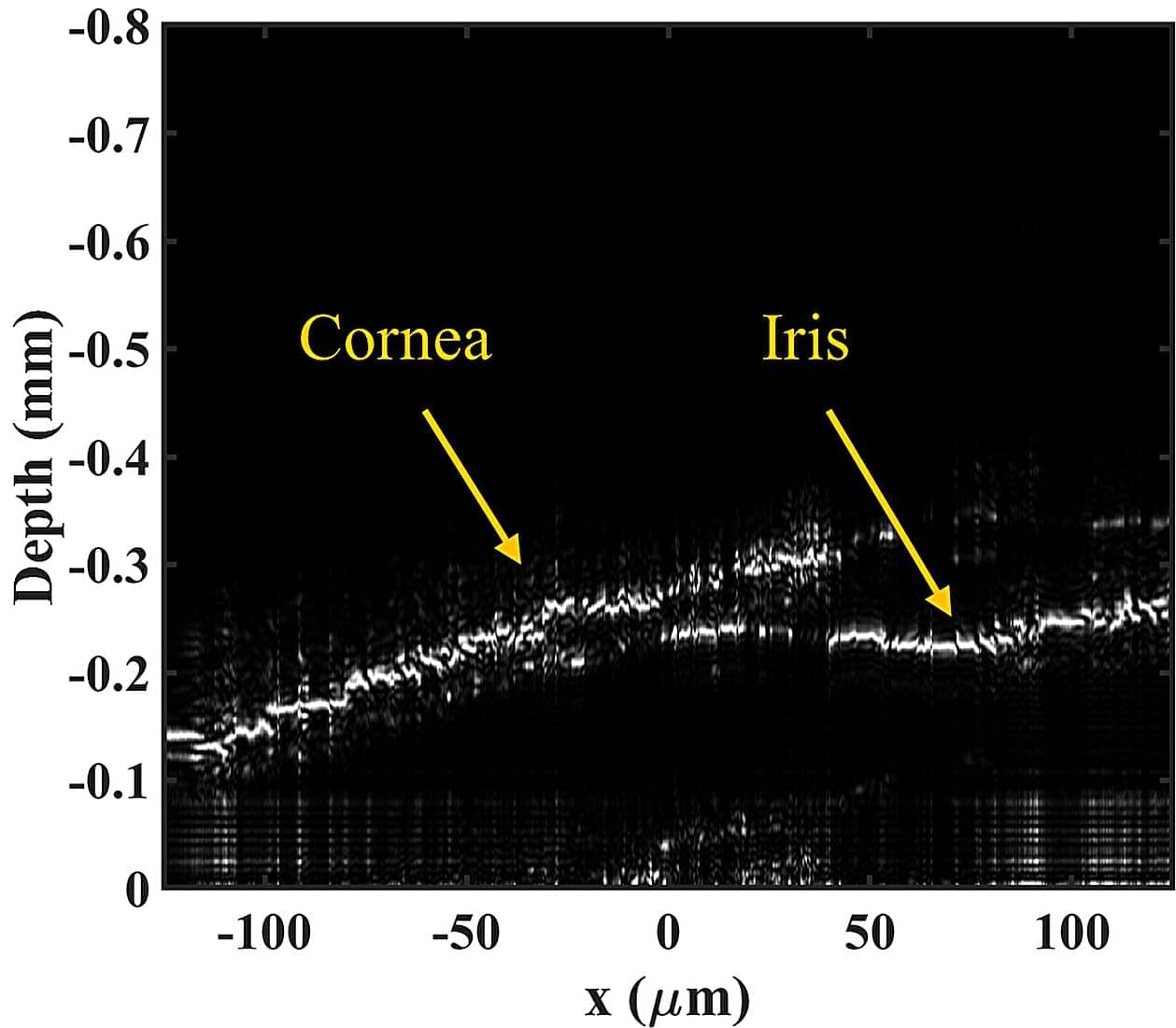If you’ve been to a routine eye exam at the optometrist’s office, chances are you’ve had to place your chin and forehead up close to a bioimaging device.
It’s known as optical coherence tomography (OCT), and it’s widely used in eye clinics around the world. OCT uses light waves to take high-resolution, cross-sectional images of the retina in a noninvasive manner. These images can be essential for diagnosing and monitoring eye conditions.
In any bioimaging—either retinal or in-vivo imaging that takes place inside the human body—devices must be quite small and compact to produce high-quality images. However, mechanical aspects of OCT devices, like spinning mirrors, can increase the chance of device failure.
